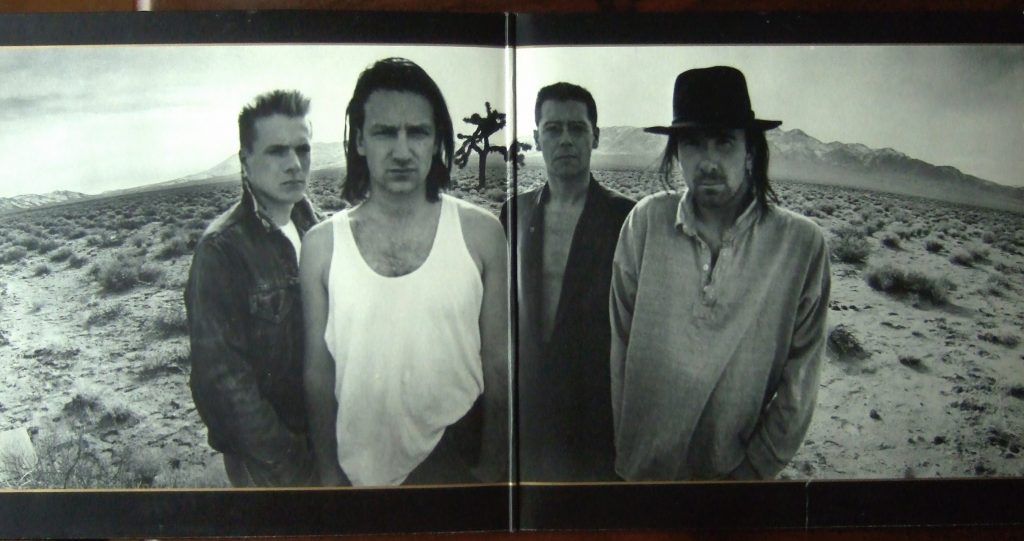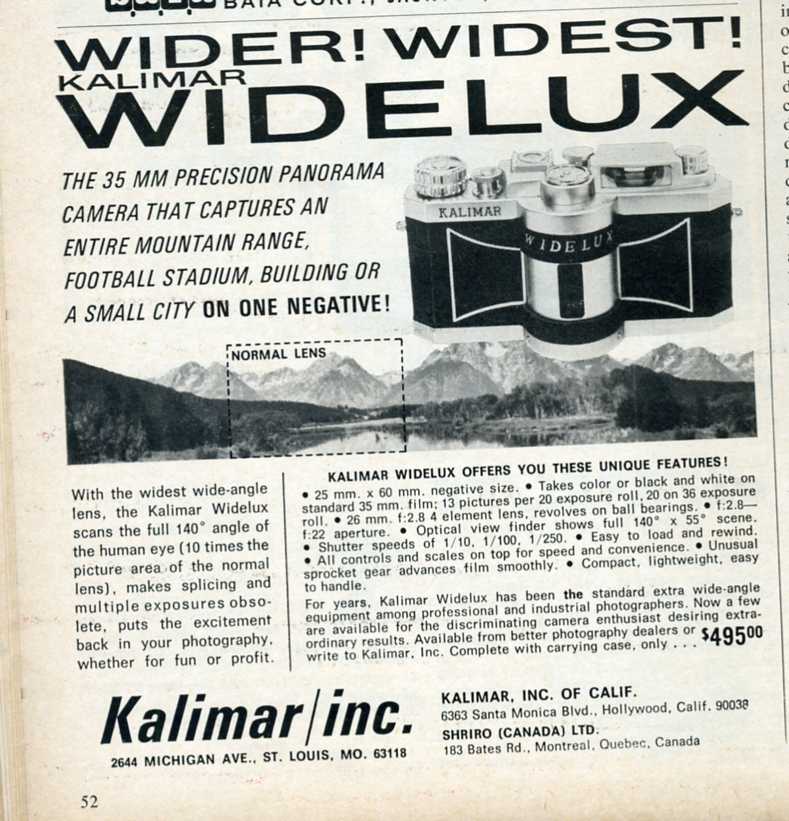
The gatefold cover of U2’s album, ‘The Joshua Tree’. (Image, cropped: Piano Piano! on Flickr)
Mistakes happen; but we persevere. The photograph above, case and point.
U2’s seminal album, ‘The Joshua Tree’, is rife with juxtapositions and tensions – the undercurrents of which, coincidentally, find themselves pervading the gatefold sleeve of the album. Though, coincidence was, by its very nature, never intended.
Provisionally titled ‘The Desert Songs’ and ‘The Two Americas’, the initial concept for the album and its sleeve was to symbolise the band’s volatile relationship with America through a representation of desert meeting civilisation, ‘resolution in the face of desolation’, ‘the Irish in America’. This was photographer Anton Corbijn’s brief for the cover: he was instructed to find locations in the US suitable for an album cover photoshoot. Hence, Corbijn chose the Mojave Desert.
Stephen Averill, U2’s art director, explained of their photographic approach, ‘What I was trying to do […] was to suggest the landscape vision and cinematic approach that was taken to the recording,’ citing the cinematography of film directors John Ford and Sergio Leone.
On the second day of the shoot, Corbijn spotted a lone Joshua Tree off Route 190 near Darwin – a rare sight as the trees usually grow in clusters. For Bono, it was the religious connotations of the tree that resonated with his spiritual vision of the album, insofar that it was ultimately named after the tree. Mormon settlers saw the arms of the tree as evocative of the Old Testament story of Joshua lifting his hands in prayer. Resolution in the face of desolation.
Strangely, after hours of relentless driving, the crew only photographed with the plant for about 20 minutes. Perhaps the cold weather had something to do with it. According to Bono, although they were shooting in the desert, ‘it was freezing and we had to take our coats off so it would at least look like a desert. That’s one of the reasons we look so grim.’ Though, perhaps this was for the conceptual benefit of the album: unintended performance art.
For the shoot, Corbijn, with a ‘cinematic approach’ in mind, rented a panoramic camera (a Horizon model) to capture more of the desert landscape; however, he had no prior experience with the camera. Horizon cameras are swing lens cameras. When the shutter button is activated, a drum holding the lens rotates from left to right. Through a small slit on the back of the drum inside the camera, the film is exposed, which in turn sits on a curved carrier. The result is a panoramic shot in which horizontal lines are characteristically distorted due to the rotating motion. It was this camera which would take the photograph seen on the inner sleeve of the album cover. The crew had driven for hours into the desert and lacked any alternative panoramic cameras. Corbijn didn’t know what to expect.

Widelux cameras are an example of a swing lens panoramic camera, popular during the age of film. (Image: Nesster on Flickr)
Hence, the image on the gatefold cover is less an artistic statement than a technical constraint. The camera that Corbijn used had a fixed focus at infinity, and even at a closed aperture of f/11 the lens could not sharply capture subjects standing nearby. Hence, the foreground (the group) is out of focus, whilst the more distant mountains and the Joshua tree are in focus. And, because of the rotating lens, you can see the horizon line is curved drastically.
I think it was called a Horizon, a Russian camera that took big landscapes. I’d never shot with it before, so I took a risk. On the shoot for the gatefold sleeve I had no idea how to focus it properly. I focused on the background and the band are slightly out of focus. Fortunately there was a lot of light. You also see my case on the ground — I had no idea it was in the shot.
– Corbijn
Yes, a mirror used by the group to check their appearance was mistakenly left in frame. But it doesn’t really matter, at the end of the day. Afterall, the photograph, flaws and all, eventually made its way to the gatefold cover. It fulfilled a vision in many more ways than originally intended. Steve Pond, of the magazine Rolling Stones, said that the album’s title and the photographs of the tree befit a record concerned with ‘resilience in the face of utter social and political desolation, a record steeped in religious imagery’.
Through its very photograph, the album reminds us, like its titular tree, to persevere and find what we are looking for, even in the face of immense desolation.
A gallery of U2’s final photographs from ‘The Joshua Tree’ can be found here.
(Featured image: Giuseppe Milo on Flickr)